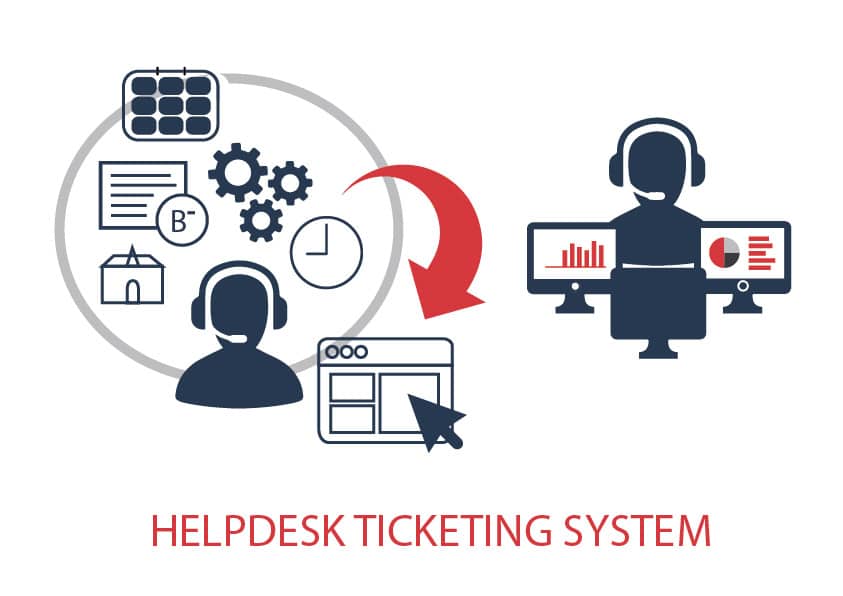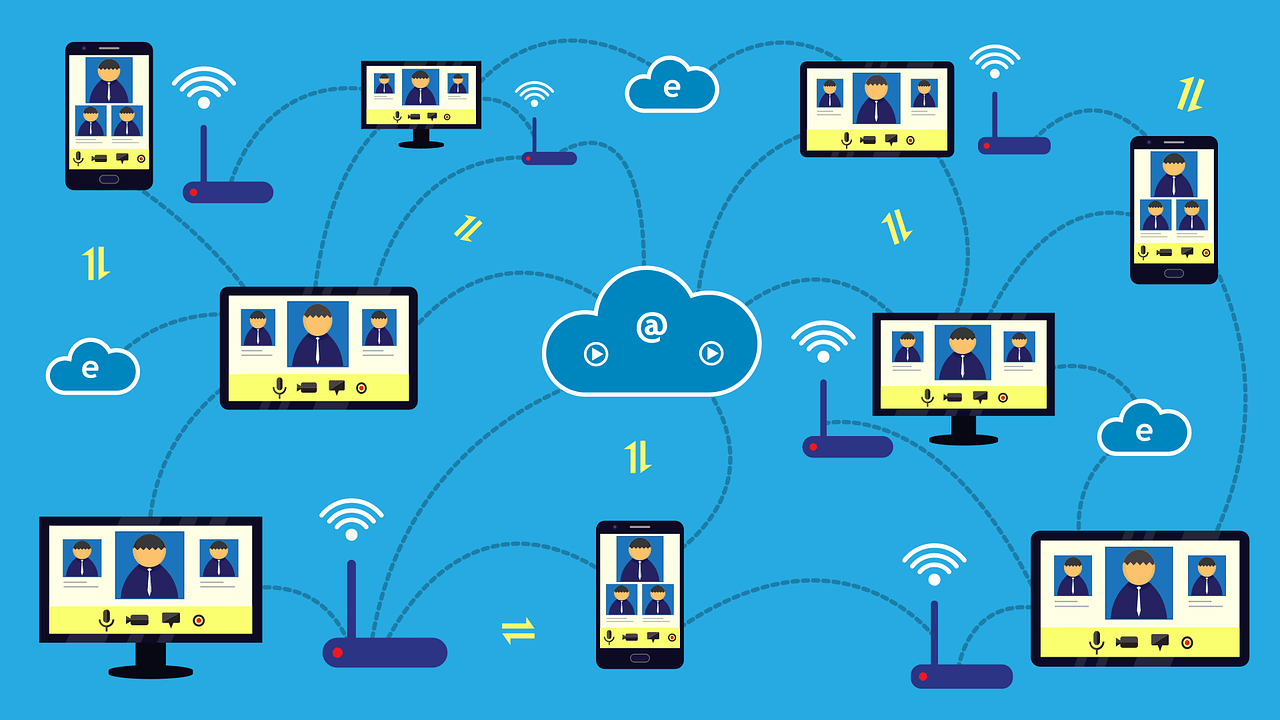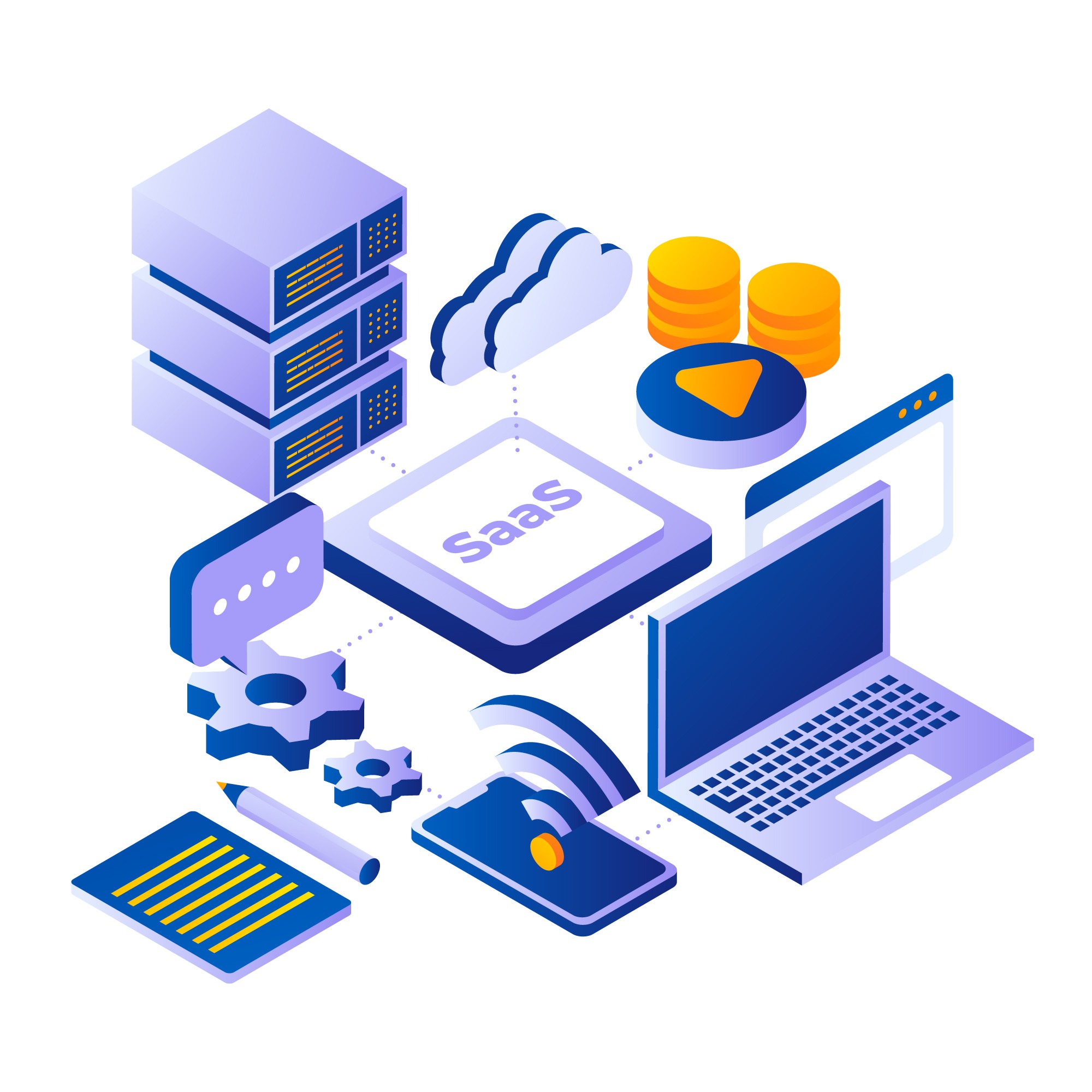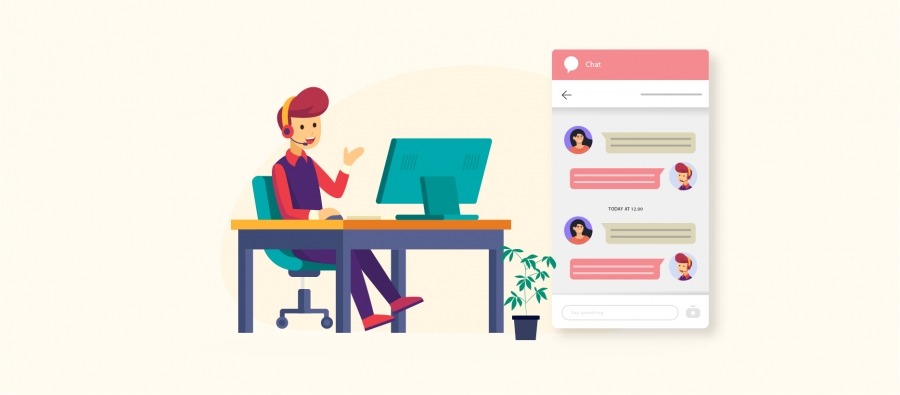A ticketing tool helps organizations deliver a coherent customer experience and helps to centralize user requests. It serves to establish a routine regarding the management of requests and allows your company’s IT support department to be organized, targeted and efficient. It can easily prioritize the importance of requests and thus meet agreed deadlines for service level agreements.
A ticketing tool provides a way to support and helps address all of your company’s issues, by managing incidents from entry to resolution. In addition, the ticket management software guarantees a quality standard, while stimulating continuous improvement and analysis of performance indicators.
In this article, learn about the importance, benefits and operation of a ticketing tool and how your organization can make the most of it.
What is a ticketing tool ?
The helpdesk ticketing system makes IT management easier and more organized by centralizing information in one place. This enables to quickly resolve any technical or IT problems a member may encounter, improving individual, collective and organizational efficiency.
A ticketing software generates a ticket for each request made to customer service. This system processes, classifies, administers, manages, automates and organizes entries and, when the incident is resolved, closes the ticket.
In this system, users (company employees) make requests, report difficulties or errors that the support department (IT or another department) will receive. These are the tickets, which will be evaluated and processed by the technicians in charge. The type of request may vary from one company to another and depending on the systems, applications or infrastructures managed by the IT department.
Does my organization need to implement a ticketing tool ?
If your customer support team is having trouble handling the issues and is overwhelmed by the number and scope of support tickets, implementing a ticketing tool makes perfect sense. Your team members likely handle multiple and diverse external or internal requests for assistance. The introduction of powerful ticket management software can help you streamline the workload, improve customer satisfaction and efficiency of internal work.
What are the stages in the ticket life cycle?
Incident identification and capturing.
The first stage in the ticket life cycle is to identify and capture the different issues your customers may encounter. These can come from many different categories and origins, which is why the ticketing software you choose must be efficient and able to process tickets while being sufficiently configurable to integrate new categories.
Real-time communication
In case of need or specific request, end users expect to be automatically supported by a support person who can help them solve the problem.
Automatic detection.
Your ticketing system should be able to communicate with the monitoring tools in order to initiate a quick response, even before the end users realize it.
Provide multiple channels of recording and communication:
Customers also want you to provide them with a system that allows them to record their various problems and wishes through one of the channels that will be easiest for them like LIVE CHAT, SELF-SERVICE PORTAL, TELEPHONE CALL, E-MAIL. It must also have triggers to automatically open tickets.
Allow direct problem entry option by end user.
The life cycle of the tickets must finally allow customers to have the possibility to enter their problems directly in the ticketing tool. This gives them direct access to follow the evolution of resolution of their problem without having to call customer service.
Measure customer satisfaction with a tool
The ticketing software should allow you to automatically calculate the customer satisfaction rate. It will allow you to know in real time the quality of your customer service as well as the feelings of your internal or external customers.
What can a ticket management software bring to my organization ?
One of the great advantages of the ticketing software is that it allows to offer a better customer service that promotes loyalty and this can result in better customer satisfaction (external or internal) and higher revenues if they are external customers.
The implementation of a ticket management software provides your company with the opportunity to bring the brand closer to customers, strengthen relationships with them and increase the opportunity to generate new sales. In addition, you will be able to collect and manage extremely important data to better target your sales strategies and subsequent customer service.
Moreover, by adopting a ticketing tool in your company, your information is centralized. Ticket data are stored in the system to make a final report with the assessment of the situation.
You can better allocate resources as it allows you to manage incoming requests and correctly define which hotline technician or team to assign them to.
7 advantages of implementing a ticketing tool for your organization
Here are 7 specific actions that a ticketing tool can offer you to organize the working dynamics of your company:
- Offer, centralize and organize multiple customer service channels, with a focus on omnichannel service
- Automatically convert incoming emails to tickets
- Identify the most common requests in order to generate a system of frequently asked questions or automatic answers that satisfy the customer’s request (Knowledge Base, FAQ)
- Access reports and statistics for easy service tracking
- Simplify ticket search, speeding up resolution time for agents
- Generate notifications when a customer submits a new ticket (request)
- Generate notifications when a customer submits a new ticket (request)
Have a global view, which allows you to quickly identify incidents affecting the business, recognize those that are similar and generate a diagnosis that recognizes the most recurring problems.
Why use the ticketing tool Simplydesk ?
The ticketing tool Simplydesk organizes communication with customers to help companies respond to customers faster and more efficiently. This helps your support team to provide the best possible experience to your customers by ensuring the requests processing and the smooth company functioning
By offering better service, the company increases its sales and retains its customers, which are two very important elements for any company. This allows you to build a relationship of trust with your customers, increase brand awareness, process requests in real time while attracting new customers.
Among the best features of Simplydesk, you have :
– Multi-channel communication,
– Ticketing with the distribution of requests according to specific criteria,
– Traceability history,
– Notifications of all actions and by degree of urgency,
– Comments related to each ticket,
– Measurement of customer satisfaction as well as the performance of the support team
In summary
A ticketing tool is a key tool for maturing your company’s IT services. It meets internal IT support needs by managing and streamlining the problem-solving process.
It can also be used by IT companies that have to manage different customers, offering transparency and efficiency in the relationship. It tracks the status of the activity and facilitates communication between the technician and the user. Give yourself the opportunity to innovate today to change the course of your business.
But that’s not all. In addition to optimal customer support, it is important to properly manage your IT infrastructure consisting of computers, servers, printers, network equipment, telephony, etc. as well as applications and software used in your professional activities.
To achieve this, you need and efficient IT asset management software that will help you optimize spending and support strategic decision-making in your IT environment.
The coupling of IT Asset Management and Ticketing tool is a major advantage for your IT department.




